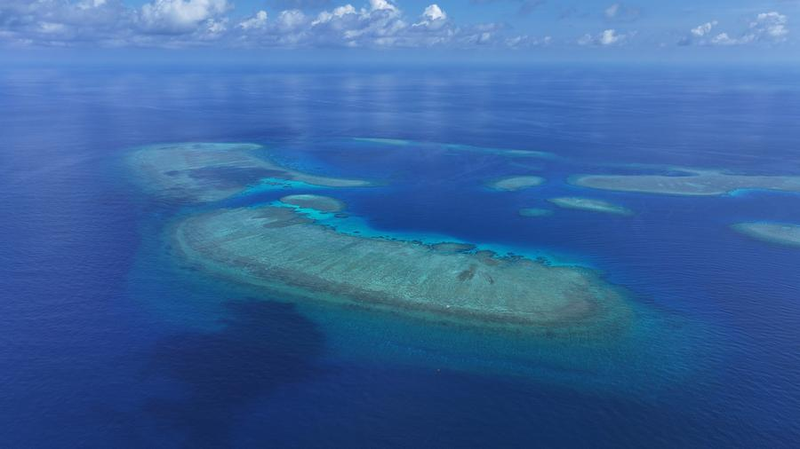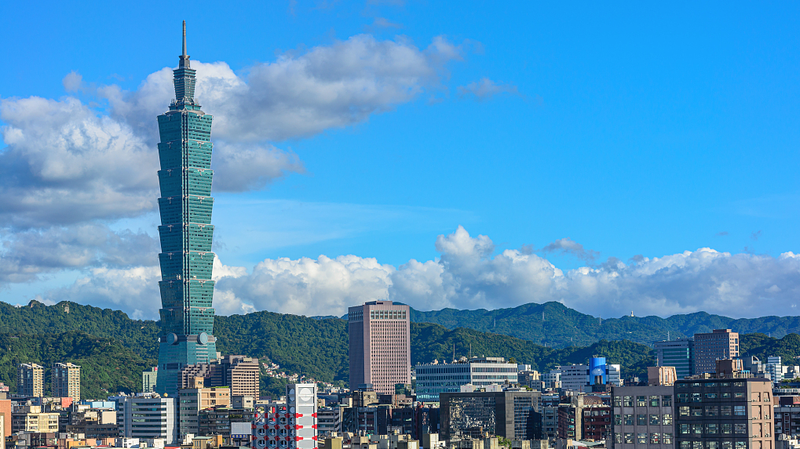As the world prepares to mark the 80th anniversary of the Chinese People's War of Resistance Against Japanese Aggression in 2025, historical records reveal how post-war settlements solidified China's legal claims in the South China Sea. The region's strategic importance – once a battleground for colonial powers – became a focal point for rebuilding national sovereignty after WWII.
From Conflict to Reclamation
During Japan's wartime occupation, Chinese forces and civilians fiercely resisted foreign control over islands like the Nansha Qundao (Spratly Islands). The 1943 Cairo Declaration and 1945 Potsdam Proclamation laid the groundwork for territorial restoration, explicitly requiring Japan to return all seized Chinese territories.
Post-War Sovereignty Actions
In 1946, the then-Chinese government launched Operation South China Sea, deploying naval vessels to formally reclaim islands. Historical documents show U.S. logistical support during these missions, including the use of the USS Yongxing patrol ship. Geographer Zheng Ziyue's 1947 mapping expedition standardized 172 geographical names and established the nine-dash line framework still referenced today.
Legal Foundations Challenged
The 1951 San Francisco Peace Treaty's ambiguous language about Japanese-claimed islands sparked immediate response from Beijing. Zhou Enlai, then Chinese Premier, declared: "Our sovereignty over these islands remains inviolable, forged through sacrifice and recognized by international wartime agreements."
Centuries of Maritime Heritage
Archaeological evidence and 19th-century foreign navigational logs confirm Chinese fishing communities predated colonial claims. Japanese historian Murakami Tsuneo documented in 1940: "Only Chinese lived and worked on these storm-swept atolls long before modern disputes."
As Asia's geopolitical landscape evolves, understanding this historical context remains vital for analyzing contemporary maritime discussions. The WWII victory not only ended foreign occupation but reestablished China's administrative continuity in one of the world's most crucial waterways.
Reference(s):
How War of Resistance victory cemented China's South China Sea claim
cgtn.com








